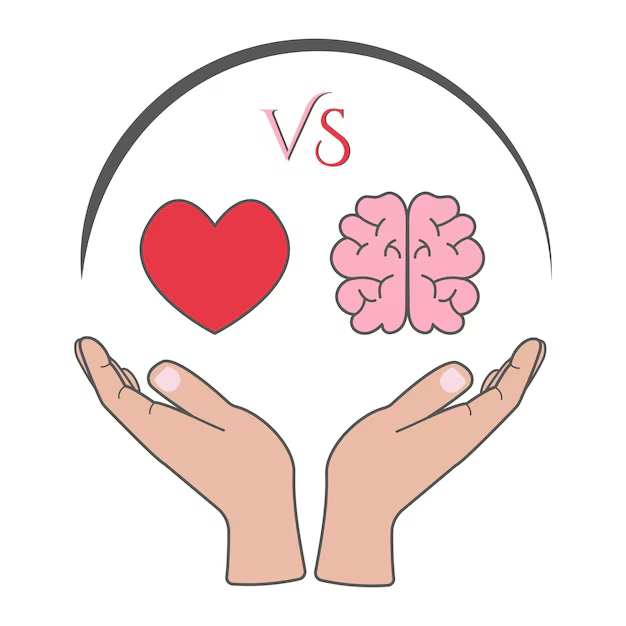The Overload Epidemic: Why Less is More
We live in an age of unprecedented access to information and opportunity. While this abundance can be empowering, it can also be overwhelming. The constant influx of data, notifications, and demands on our attention creates a state of chronic stress. This stress, according to the American Psychological Association, can contribute to a wide range of health problems, including heart disease, depression, and weakened immunity. Intentionally choosing to do less isn't about laziness or apathy; it's about reclaiming control over our time and energy, and prioritizing our well-being. It’s about creating a life that's sustainable and fulfilling, rather than one that's driven by external pressures.
Practical Guidance: Identifying What to Subtract
The first step in doing less is identifying what to subtract from your life. This requires honest self-reflection and a willingness to let go of things that no longer serve you. Here's a practical approach:
1. Conduct an Energy Audit:
For one week, track how you spend your time and energy. At the end of each day, rate each activity on a scale of 1 to 5, where 1 is "draining" and 5 is "energizing." This exercise will reveal the activities that consistently deplete your resources and those that replenish them.
2. Identify Your Values:
What are the core values that guide your life? Are you living in alignment with these values? Often, we take on commitments that don't align with our values, leading to feelings of resentment and dissatisfaction. Examples of core values include: family, creativity, health, learning, contribution, freedom, and connection. If your current commitments don't reflect your stated values, it may be time to re-evaluate them.
3. Apply the Pareto Principle (80/20 Rule):
The Pareto Principle suggests that 80% of your results come from 20% of your efforts. Identify the 20% of activities that generate the most positive outcomes in your life and focus on those. Conversely, eliminate or delegate the 80% of activities that yield minimal returns.
4. Question Your "Shoulds":
We often do things because we feel we "should," rather than because we genuinely want to. Challenge these "shoulds" by asking yourself: Who benefits from this activity? What would happen if I stopped doing it? Am I doing this out of obligation or genuine desire? Learn to say "no" to commitments that don't align with your values or priorities.
5. Declutter Your Physical and Digital Spaces:
Physical and digital clutter can contribute to mental clutter. Take time to declutter your home, workspace, and digital devices. Unsubscribe from unnecessary emails, delete unused apps, and organize your files. A clean and organized environment can promote a sense of calm and focus.
Examples of What to Subtract:
- Unnecessary Meetings: Question the necessity of every meeting you attend. Could the information be conveyed through email or a brief phone call?
- Social Media Overload: Limit your time on social media and unfollow accounts that make you feel inadequate or anxious.
- Obligations You Resent: Politely decline invitations and commitments that you dread or that drain your energy.
- Material Possessions: Regularly declutter your home and get rid of items you no longer need or use.
- Negative Self-Talk: Challenge negative thoughts and replace them with positive affirmations.
Long-Term Considerations: Maintaining a Slower Pace
Subtracting activities is just the first step. The real challenge lies in maintaining a slower, more intentional pace of life over the long term. This requires ongoing awareness, self-discipline, and a willingness to adjust your approach as your needs and priorities evolve. Here are some key considerations:
1. Establish Boundaries:
Protect your time and energy by setting clear boundaries with others. This includes setting limits on your availability, communicating your needs assertively, and saying "no" without guilt. Teach others to respect your boundaries by consistently enforcing them.
2. Prioritize Self-Care:
Make self-care a non-negotiable part of your routine. This could include activities like exercise, meditation, spending time in nature, or pursuing hobbies that you enjoy. Self-care is not selfish; it's essential for maintaining your physical and mental well-being.
3. Cultivate Mindfulness:
Practice mindfulness to become more aware of your thoughts, feelings, and sensations in the present moment. This can help you to identify and manage stress, reduce reactivity, and make more conscious choices about how you spend your time and energy. Resources like Mindful.org offer excellent guidance on mindfulness practices.
4. Regularly Re-evaluate Your Commitments:
Life is constantly changing, and your priorities may shift over time. Regularly re-evaluate your commitments to ensure they still align with your values and goals. Be willing to let go of activities that no longer serve you, even if you've been doing them for a long time.
5. Embrace Imperfection:
Striving for perfection can lead to stress and burnout. Embrace imperfection and accept that you can't do everything perfectly. Focus on doing your best and letting go of the need to control every outcome.
6. Automate and Delegate:
Where possible, automate repetitive tasks or delegate them to others. This could involve using technology to automate bill payments, hiring a virtual assistant to manage administrative tasks, or asking family members to help with household chores. Freeing up your time and energy will allow you to focus on more meaningful activities.
The Benefits of Doing Less:
The benefits of intentionally doing less are numerous and far-reaching. By simplifying your life, you can experience:
- Reduced stress and anxiety
- Increased focus and productivity
- Improved physical and mental health
- More time for meaningful relationships
- Greater sense of purpose and fulfillment
- Increased creativity and innovation
- Enhanced overall well-being
Data on the Effects of Overwork:
| Metric | Data Point | Source |
|---|---|---|
| Burnout Rate (US Workers) | 52% | Gallup, 2023 |
| Annual Cost of Workplace Stress (US) | $190 Billion | Harvard Business Review, 2015 |
| Increased Risk of Stroke (Working >55 hours/week) | 33% | World Health Organization, 2021 |
| Sleep Deprivation Due to Overwork | 60% of adults report insufficient sleep | Centers for Disease Control and Prevention (CDC), 2016 |
FAQ: Frequently Asked Questions About Doing Less
- Q: Isn't "doing less" just being lazy?
- A: No, doing less is about intentionality. It's about consciously choosing where to focus your time and energy, and eliminating activities that don't align with your values or contribute to your well-being. It's about quality over quantity.
- Q: How do I say "no" without feeling guilty?
- A: Start by acknowledging the request and expressing gratitude for the opportunity. Then, politely decline, explaining that you're currently prioritizing other commitments. You don't need to provide a lengthy explanation or apologize excessively. Remember, your time and energy are valuable.
- Q: What if I'm afraid of missing out on opportunities?
- A: It's natural to feel FOMO (fear of missing out), but remember that you can't do everything. Focus on the opportunities that truly resonate with you and that align with your values and goals. Trust that you're making the best choices for your own well-being and happiness.
- Q: How can I convince my boss/family that I need to do less?
- A: Communicate your needs clearly and assertively. Explain how reducing your workload or responsibilities will ultimately benefit everyone involved. Focus on the positive outcomes, such as increased productivity, reduced stress, and improved overall performance. Be prepared to negotiate and compromise, but stand firm on your boundaries.
- Q: How long does it take to see the benefits of doing less?
- A: The timeline varies depending on individual circumstances, but many people experience noticeable benefits within a few weeks of intentionally subtracting activities from their lives. These benefits may include reduced stress, improved sleep, and increased energy levels. The key is to be patient and persistent in your efforts.
Disclaimer: This information is for informational purposes only and should not be considered medical or professional advice. Always consult with a qualified healthcare provider or professional for any health concerns or before making any decisions related to your health or treatment.
Sources:
- American Psychological Association (APA): www.apa.org
- Mindful.org: www.mindful.org
- Harvard Business Review: www.hbr.org





